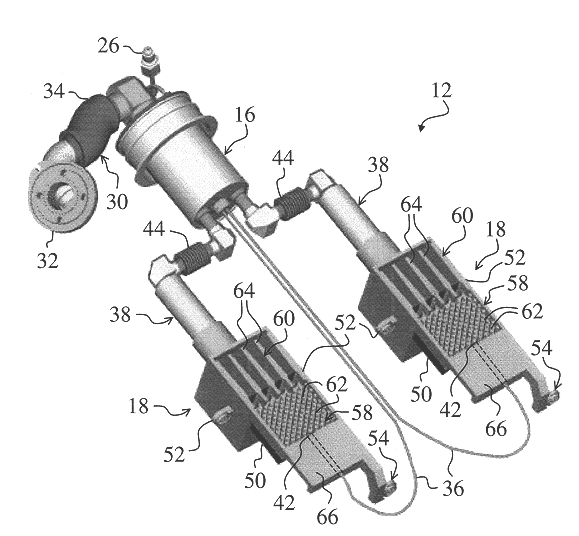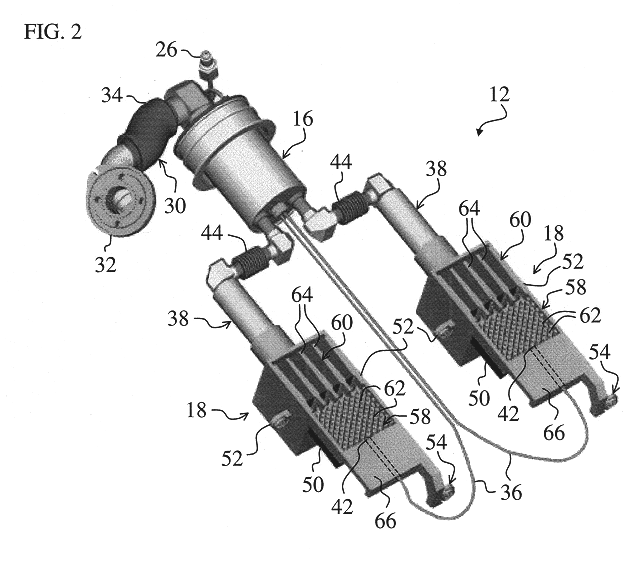Solid cryogen cooling system for focal plane arrays
a cryogenic cooling and focal plane array technology, applied in the field of cryogenic cooling systems for cooling focal plane arrays, can solve the problems of increasing the demands placed on the cooling system, bulky components and additional support hardware, and affecting the uniformity of the fpa,
- Summary
- Abstract
- Description
- Claims
- Application Information
AI Technical Summary
Problems solved by technology
Method used
Image
Examples
Embodiment Construction
While the present invention is described herein with reference to illustrative embodiments for particular applications, it should be understood that the invention is not limited thereto. Those having ordinary skill in the art and access to the teachings provided herein will recognize additional modifications, applications, and embodiments within the scope thereof and additional fields in which the present invention would be of significant utility.
FIG. 1 is a diagram of a missile system 10 employing a solid cryogen infrared Focal Plane Array (FPA) cooling system 12 constructed in accordance with the teachings of the present invention. For clarity, various well-known components, such as power supplies, actuators, heat exchanging coils, explosives compartments, and so on, have been omitted from the figures. However, those skilled in the art with access to the present teachings will know which components to implement and how to implement them to meet the needs of a given application.
The...
PUM
 Login to View More
Login to View More Abstract
Description
Claims
Application Information
 Login to View More
Login to View More - R&D
- Intellectual Property
- Life Sciences
- Materials
- Tech Scout
- Unparalleled Data Quality
- Higher Quality Content
- 60% Fewer Hallucinations
Browse by: Latest US Patents, China's latest patents, Technical Efficacy Thesaurus, Application Domain, Technology Topic, Popular Technical Reports.
© 2025 PatSnap. All rights reserved.Legal|Privacy policy|Modern Slavery Act Transparency Statement|Sitemap|About US| Contact US: help@patsnap.com



